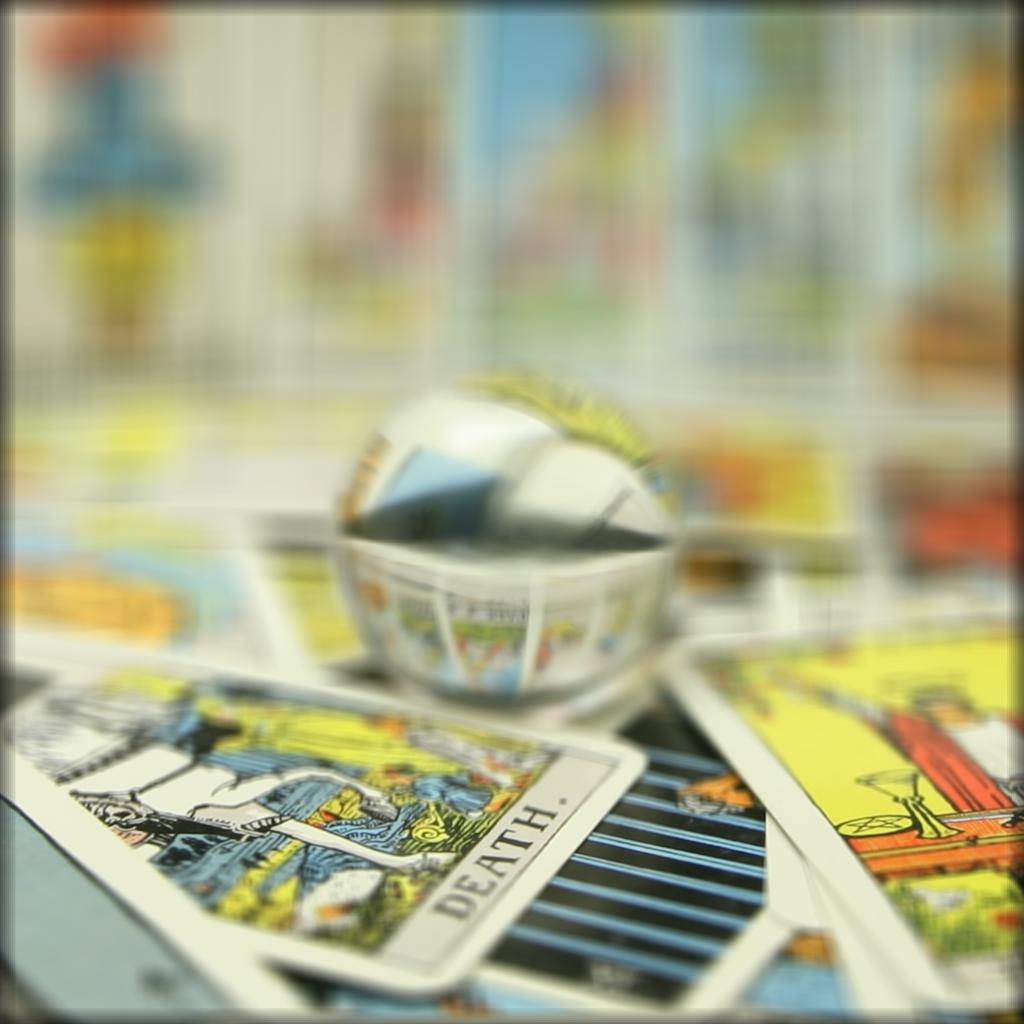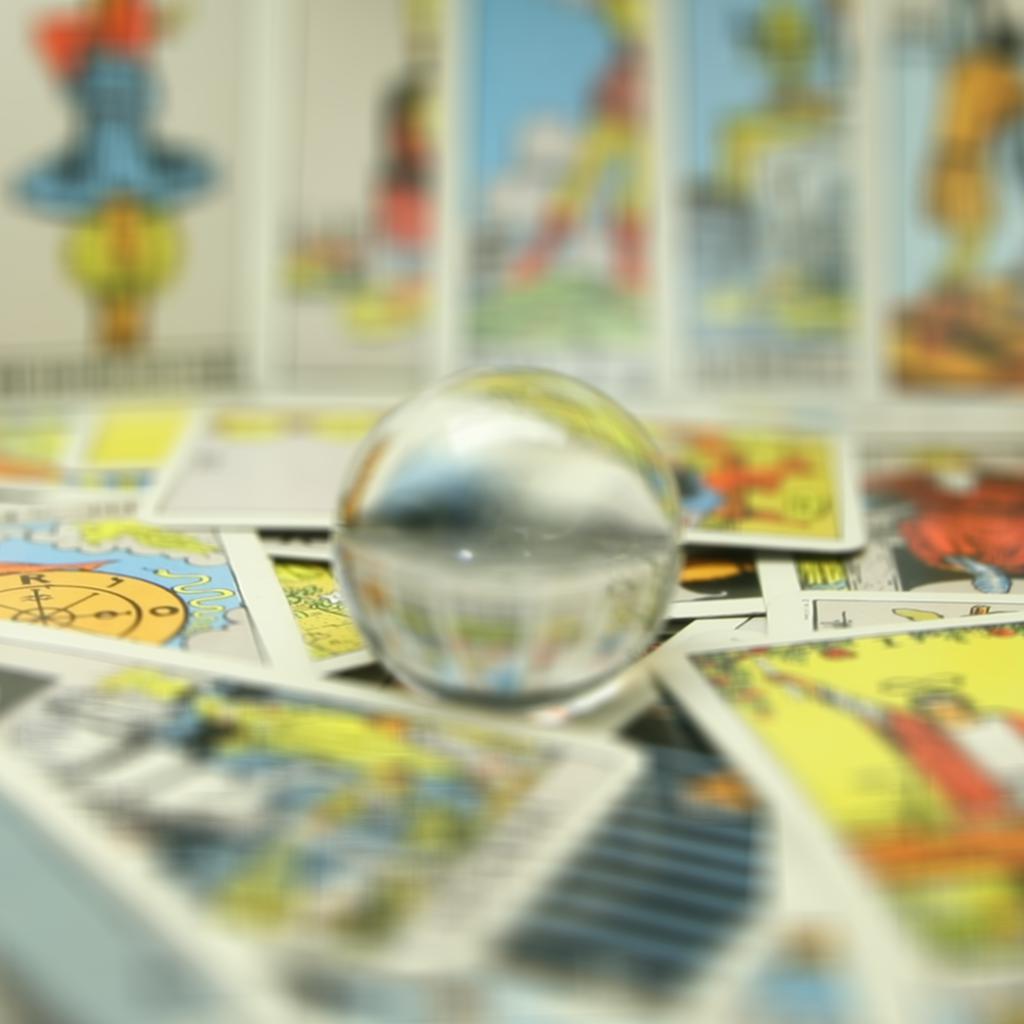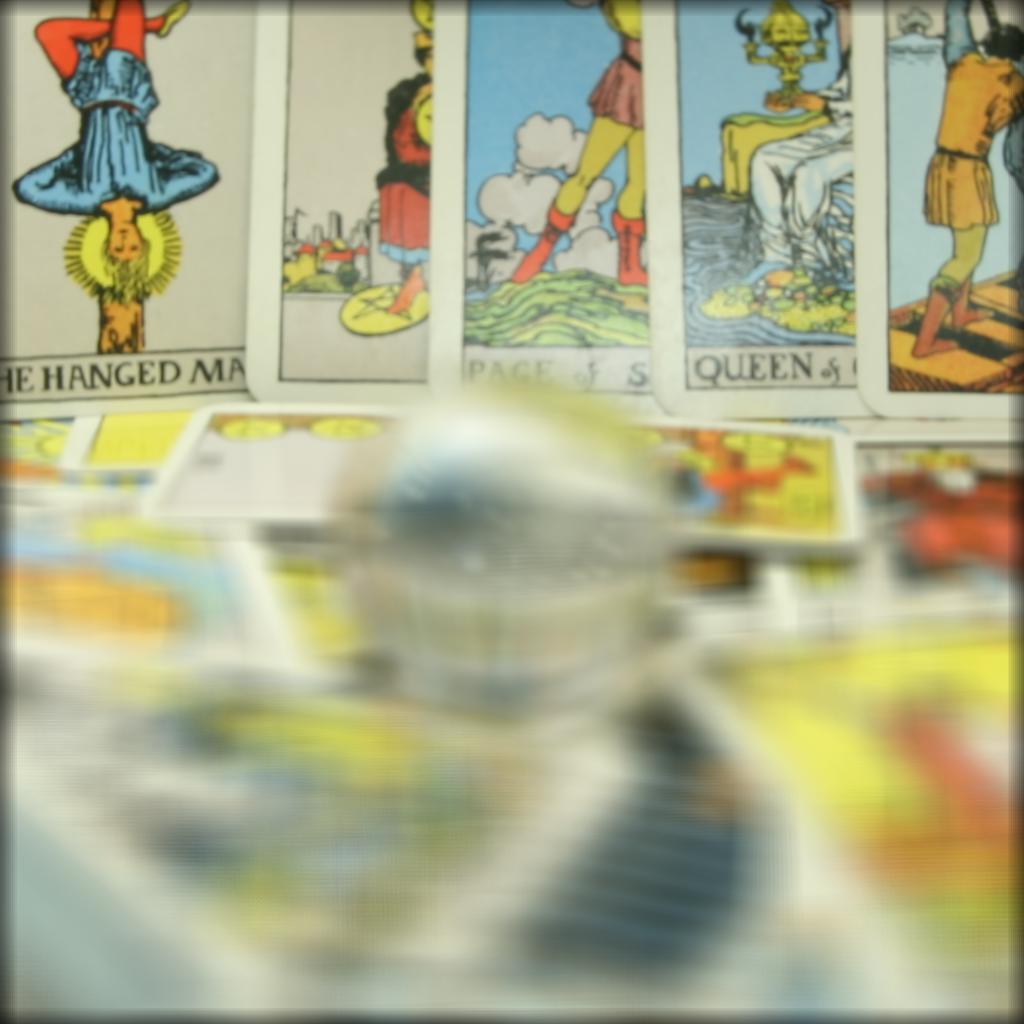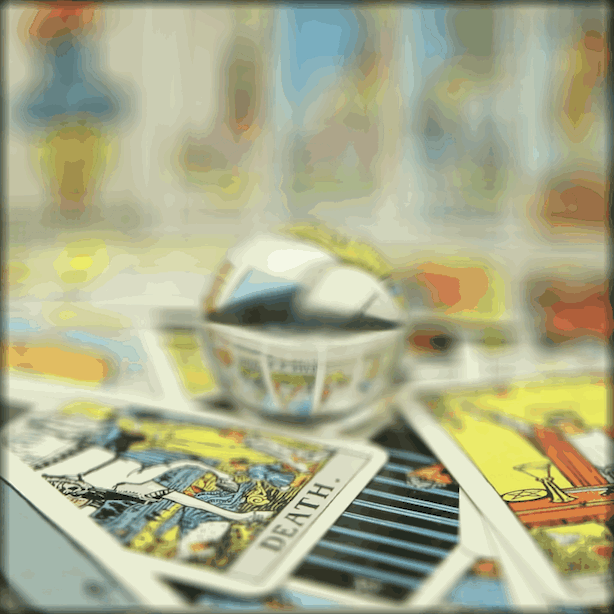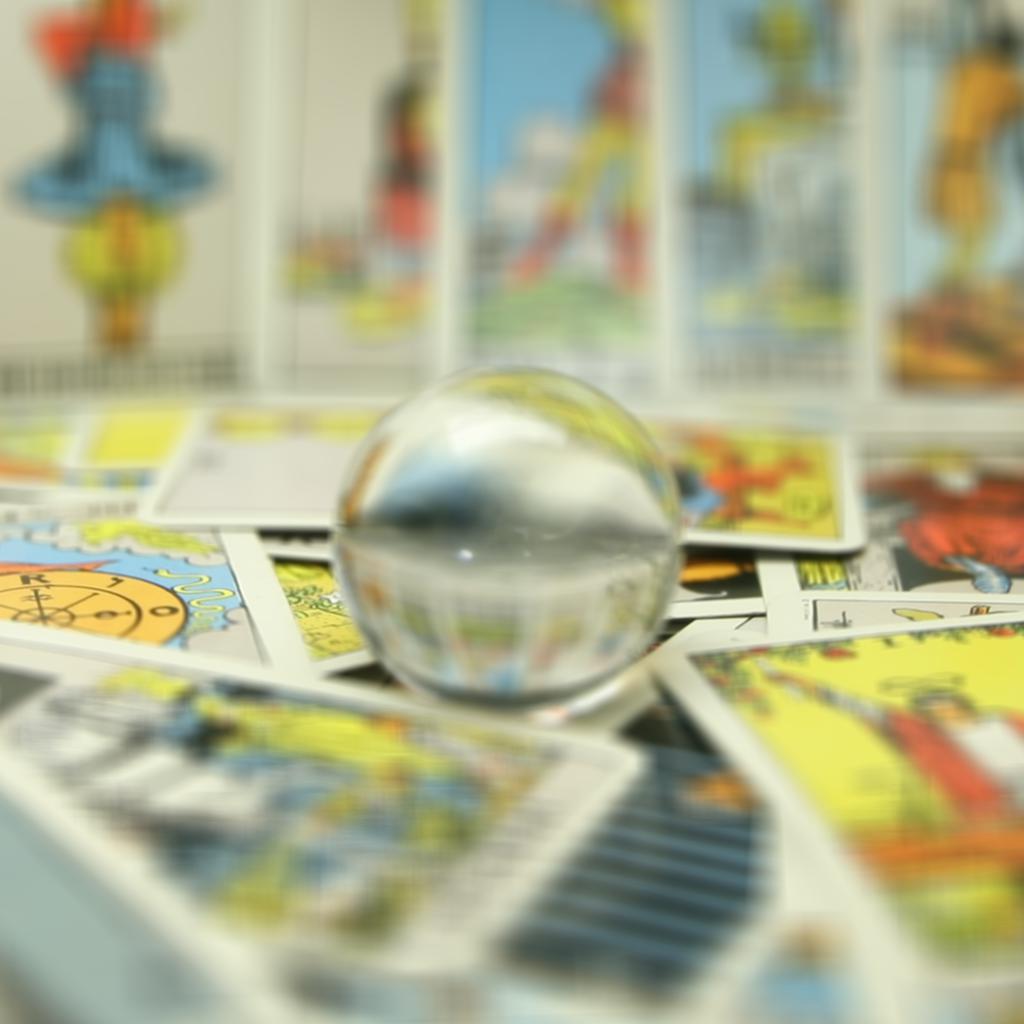Introduction
In this project, we examine the idea of lightfield cameras by using lightfield data and operations like shifting and averaging to simulate sampling from the plenoptic function as a lightfield camera would. This project is based on ideas from this paper, by Ng et al. and data from the Stanford Lightfield Archive.
Depth Refocusing
In this section, we use the multiple images provided by the archive to generate images which focus at different depths. By shifting images, we can change the focus to different depths. To find the shift, we calculate the center coordinates by averaging the provided coordinates of all of the images, and then shift in that direction scaled by a factor, before averaging all of the shifted images. The scaling factor affects the depth that is focused. Since farther away objects are less shifted across images, shifting towards the center will focus the background, the reverse holds true for closer objects.
Aperture Adjustment
In this section, we explore simulating different apertures with the data. The idea is that averaging many images can simulate having larger aperture. Here, we pick a radius, and for that radius, we only average together the images whose coordinates are within it (relative to the center). When the radius is small, we then receive less data as we average from less images, and when the radius is larger, we receive more data. From the results below, we see that when the radius is small, similar to a smaller aperture, there is a longer depth of field, while for the larger radius, objects in the background are not in focus.
Summary
In this project, I learned about how lightfields can be used to model the visual world. As opposed to a singular image, they provide more data that can be manipulated to produce an interesting combination of results. Although the data gathering technique used for the archives may not be accessible to everyone, this project demonstrates how ideas like Lytro can be interesting and increases the interest in photography techniques in general.

